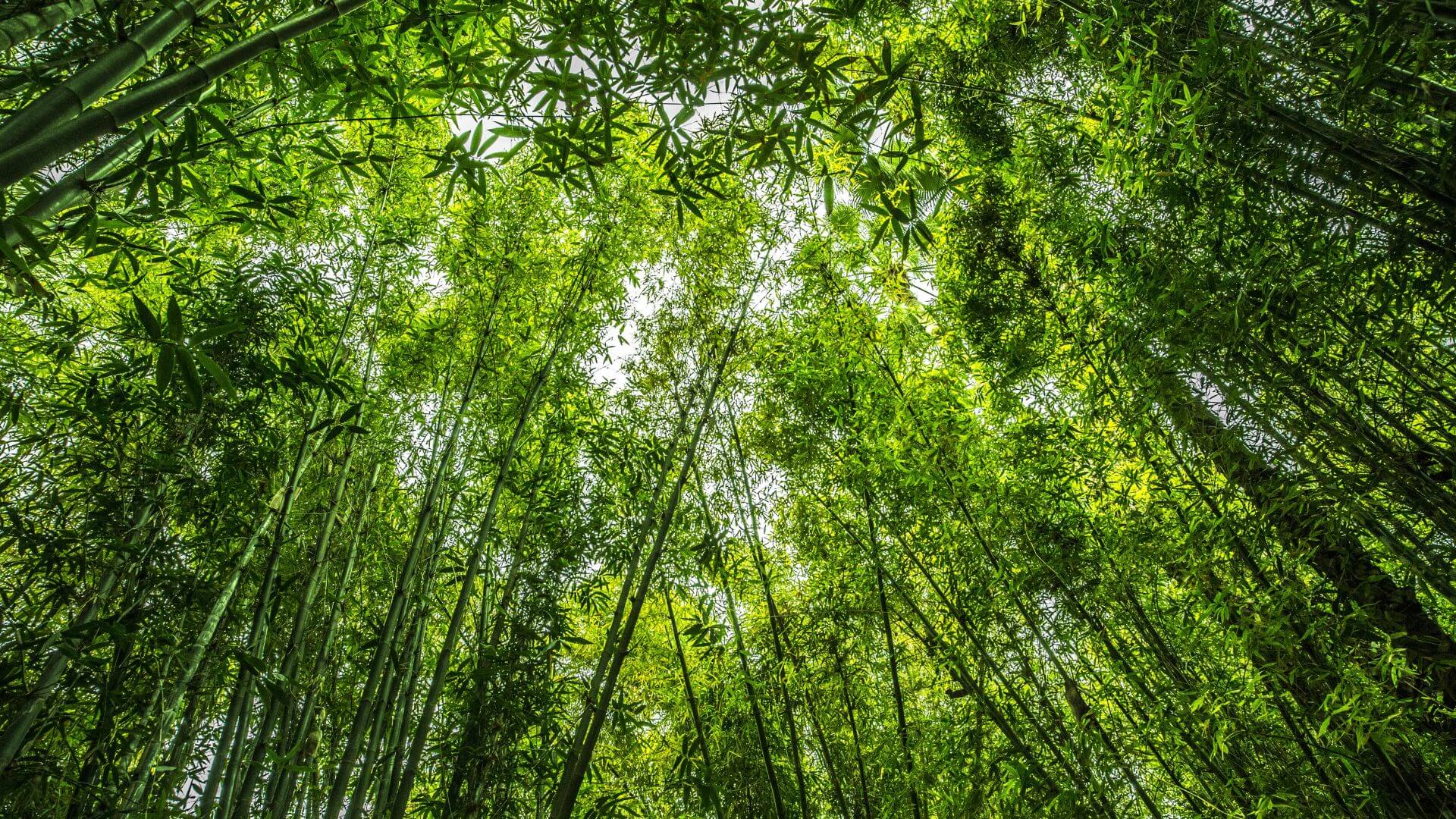OCTOBER 4, 2023

The Bamboo Village initiative seeks to address two critical global challenges: restoring degraded lands and reducing carbon emissions. Launched by Arief Rabik (Awardee 2019) and expanded through the Climate Breakthrough Award program, the initiative leverages the incredible versatility and ecological benefits of bamboo.
The Challenge
Globally, two billion hectares of land lie degraded due to deforestation, unsustainable agricultural practices, and land misuse, while annual carbon emissions continue to climb, with 37 billion tons released into the atmosphere each year. Indonesia, a focal point of Arief’s initiative, epitomizes the urgency of the issue. The country is the world’s fifth-largest emitter of greenhouse gases, with land-use practices contributing to 80% of its emissions.
The challenges aren’t merely environmental. Many communities living near these degraded lands face poverty and are trapped in cycles of low productivity. Without access to viable income-generating opportunities, unsustainable practices like slash-and-burn agriculture persist and exacerbate the degradation. An transformative solution that addresses both ecological and socio-economic needs is essential.
The Initiative
Bamboo, often called the “green gold,” grows rapidly, sequesters significant amounts of carbon, and restores soil health. It can be harvested sustainably without replanting, making it an ideal crop for degraded landscapes. The Bamboo Village initiative, partly inspired by similar models in China, will involve establishing village-level enterprises that cultivate, process, and market bamboo products.
The initiative is underpinned by a number of pathways designed to ensure long-term success. These include attracting investment to make bamboo villages a bankable asset class, developing digital business solutions for bamboo agroforestry, securing market access through certification, and strengthening public sector support. Together, these pathways aim to create a self-sustaining restoration economy.
The Vision
The initiative’s work is already evident. Since 2010, Arief and his team have piloted bamboo village projects in Indonesia. Over the next few years, they aim to establish 200 villages across the country, restoring 400,000 hectares of degraded land, sequestering 20 megatons of CO2, and creating income opportunities for more than 40,000 farmer households. And while the immediate focus is on Indonesia, the initiative can be expanded across the tropical belt.
Few initiatives marry environmental restoration with community empowerment like the Bamboo Village initiative. Key to the initiative’s success will be a strong commitment to equitable partnerships, ensuring that value chains fairly benefit local communities while promoting transparency and sustainability.

